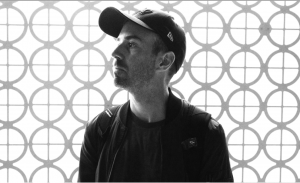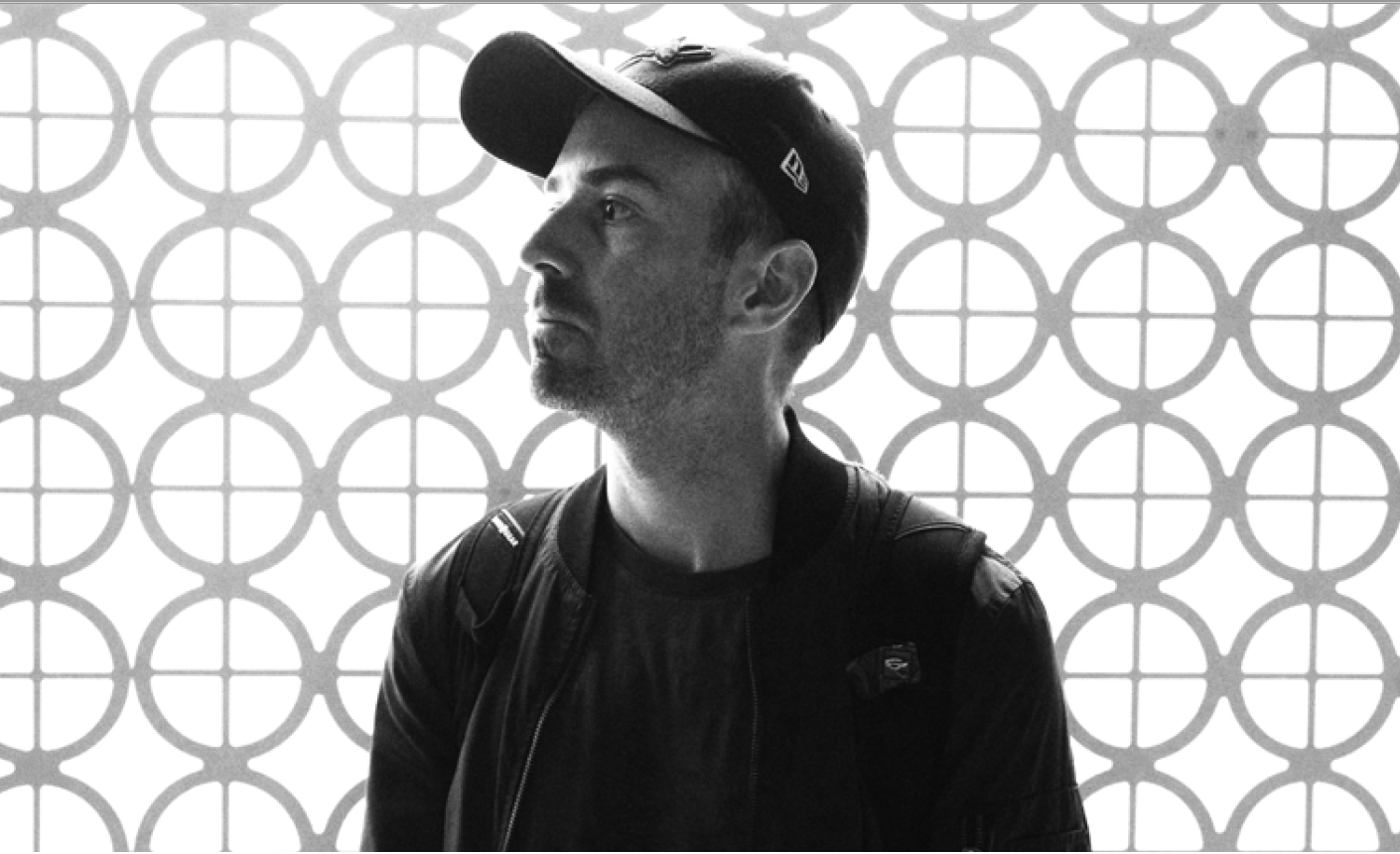With a Super Bowl commercial and numerous awards under his belt, writer/director David Brashear is a veteran of video advertising on a budget, having produced affordable, high-quality video spots for major brands like Pringles, Pepsi, Sears, and AT&T.
Dave’s Speed Stick commercial “Laundromat” was cited on Forbes Magazine’s “Best Commercials of Super Bowl XVLII.”
We sat him down to get some advice on how to produce a Super Bowl-caliber commercial.
The Super Bowl isn’t just the biggest day of the year for football fans—it’s also the biggest day of the year for TV advertisers. How did a guy like you, without a ton of credits to your name, get to direct a commercial that aired during the game?
It was the craziest thing! In the summer that year, I did a low-budget project for Speed Stick that ran on YouTube and Hulu, and I kind of figured that was all the airtime it was going to get. But, two weeks before the Super Bowl, we found out Speed Stick’s marketing department had decided to air my commercial during their slot! So it was totally unexpected for me. I never dreamed it would air during the Super Bowl.
I came up with the concept at my own laundromat. Someone had left their clothes in the dryer and I had to take them out. When I was removing them, I noticed it was all bras and panties and I thought it would be really awkward if someone walked in as I was moving these undergarments. So that’s where the basic idea for the commercial came from. It was slightly inappropriate and edgy, but not objectionable enough to upset more conservative folks.
I think the best way to make an impression is to not insult the audience. I think advertisers and brands play it too safe most of the time. The end result is a commercial that doesn’t offend anyone, but is pretty bland and forgettable.
Writing is really important. If the copy isn’t great, there’s not much that can be done to save the spot.
From a creative perspective, how do you make a video ad that consumers will want to watch all the way through?
I try to incorporate story elements. Starting with a relatable scenario or conflict that people want to see resolved. Really compelling imagery can also keep people interested.
I don’t think people like to be sold to, so if you can kind of hide the marketing message within comedy or drama, it makes for a pill that’s easier to swallow. I did an ad for AT&T that, on the surface, is just a funny story about two guys trying to impress a girl at a bar. But it’s actually all framing to hide the sell (AT&T has the fastest network).
Creating bland, unmemorable spots to avoid offending anyone. You know what really offends people? Boring them.Cutting :30 spots down to :15, instead of approaching them as separate projects.Thinking one spot will work for all audiences.
The other great thing about digital advertising is that it can be extremely targeted to different audiences. It’s already happening now, but I’m expecting more and more specialized content; brands creating different ads to target specific people. So a cookie company might create three different ads: one for kids, one for young adults, and one for parents. And those ads could be three different genres: like comedy, nostalgia, and lifestyle.

David Brashear, Creative Director
